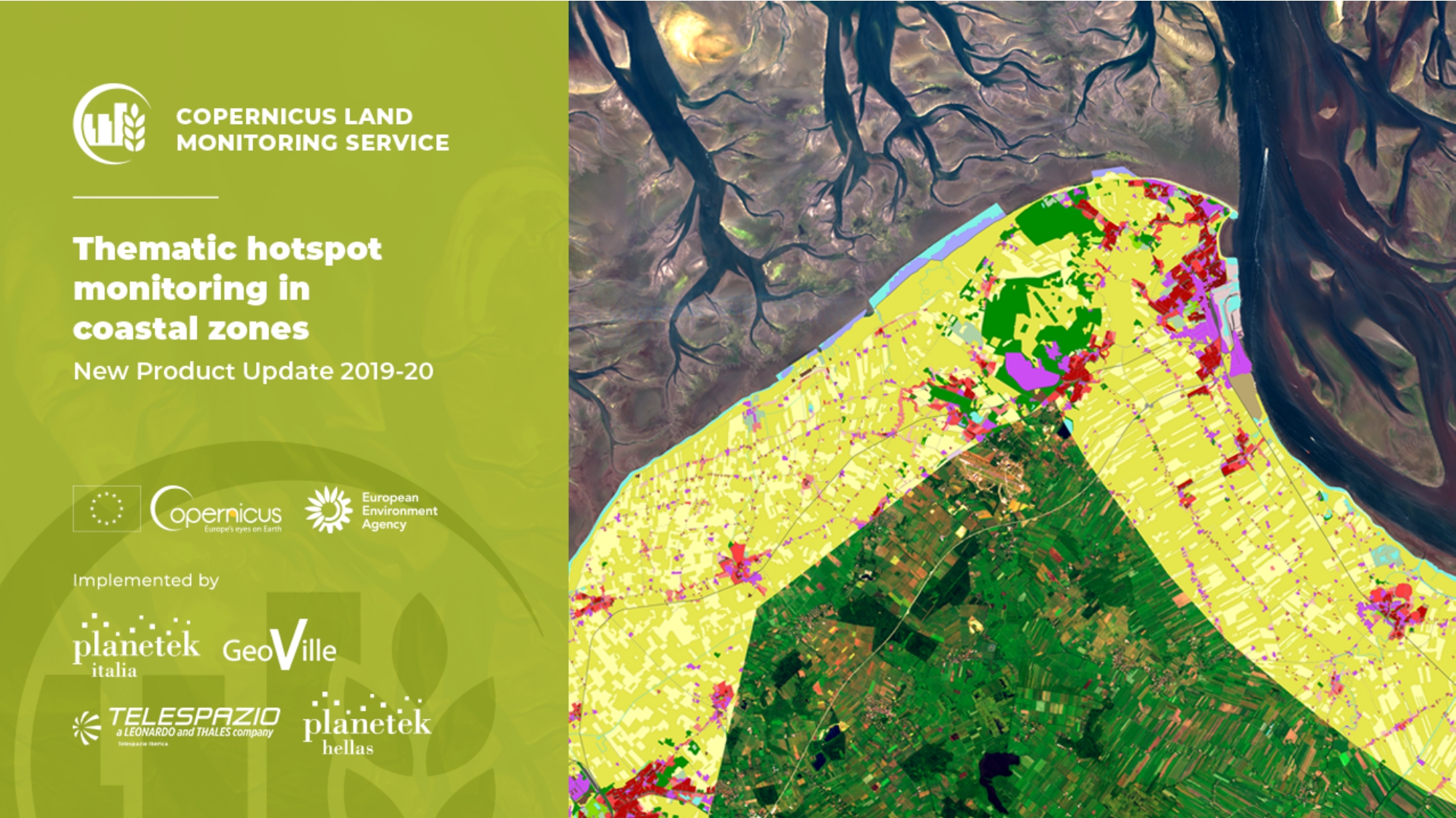The coastal zones are an essential part of the European economy. One needs simply to consider that 40 % of the European Union’s population live within 50 km of the sea, and that more than a third of the Continent’s GDP is generated in these areas. And that’s not all, an impressive 75% of the Continent’s foreign trade is transported by sea.
However, the coast’s role as crossroads for people and freight traffic also takes its toll on the environment, in terms of pollution, erosion, and loss of habitats. The threat facing these zones calls for sustainable management, able to combine development interests with the need to maintain healthy, resistant marine ecosystems.
For this reason, since 2013, the European Union has been involved in setting up suitable policies for planning the marine areas, and integrating all the member Countries’ policies in this regard.
One essential aspect for attaining this goal is the satellite data from the European Copernicus Programme, which makes temporal and spatial analysis possible, that would otherwise be impossible, thereby helping the authorities to establish long-term policies.

As part of the Copernicus - Land Monitoring Services (CLMS) programme, and in close collaboration with the Marine environment monitoring service (CMEMS), Coastal Zone product has been created, in which a primary role was played by Telespazio Iberica, a Telespazio subsidiary with offices in Barcelona and Madrid.
In recent days the CLMS has made public the 100% of the data first provided in September by the Coastal Zone project, which, besides Telespazio Iberica, involves Planetek Italia, Planetek Hellas and Geoville. Together they have provided the data of the entire coast monitoring activity, covering the period 2012 - 2018.
In particular, the Coastal Zones project includes mapping the coastal areas and evolving usage of the territory for the reference period. It brings to light how human intervention has changed these areas. Thanks to the data from this project, the European authorities will have access to a tool that can be used for making long-term decisions, to guarantee the sustainability of the environment in which we live.
The Coastal Zone project is the latest example of how space and sustainability are two closely connected worlds. This is a bond that the Telespazio Group has taken to heart, and that is confirmed in our day-to-day work, dedicated to the planet and safeguarding it.

